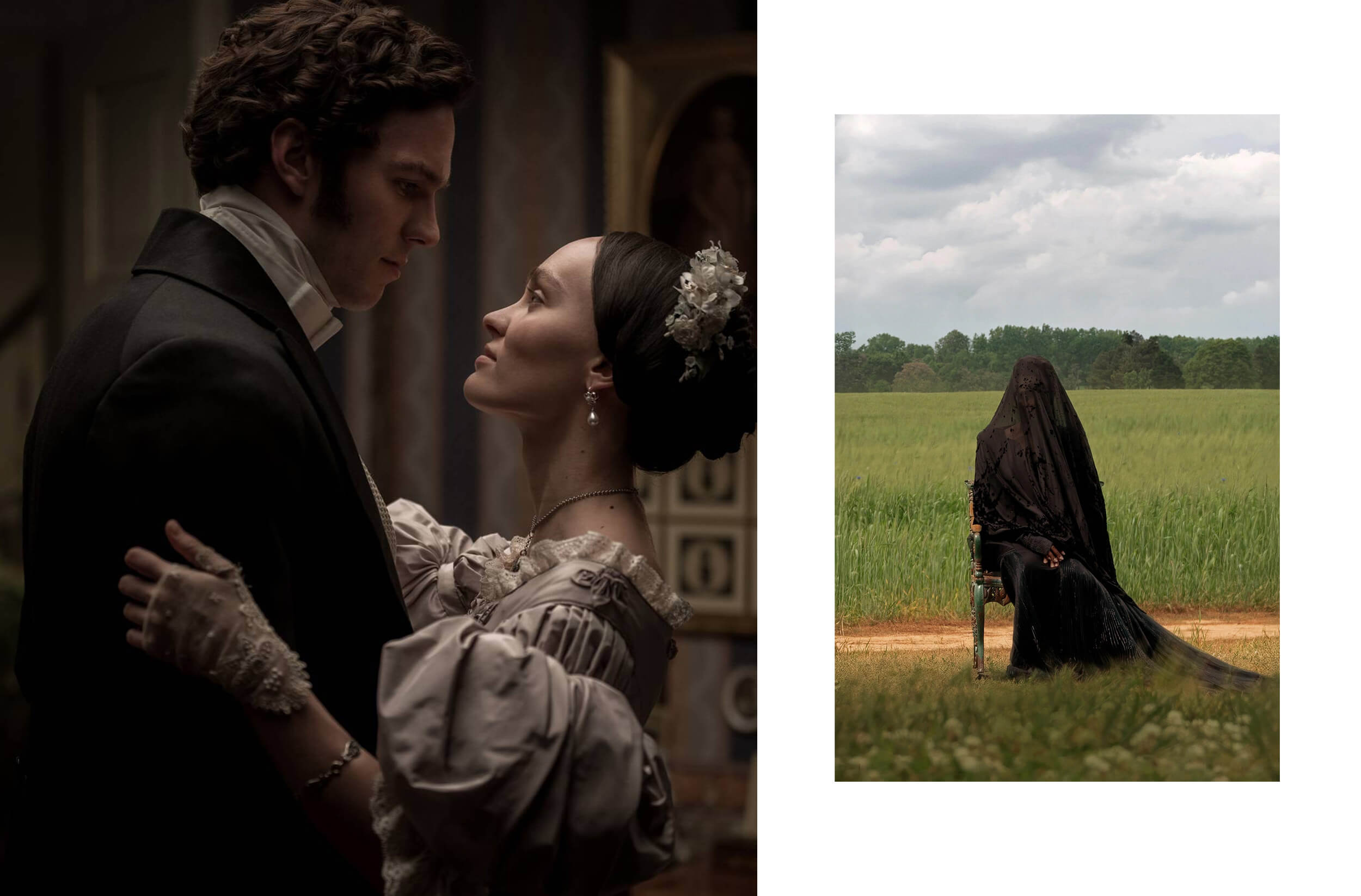We’re now halfway through 2025 and, without wanting to get too carried away, but following the wave of 2024, this year is also proving to be extraordinary for horror cinema, marking a renaissance of the gothic genre. After years of modern horror dominance, cinema is rediscovering the immortal fascination of classic creatures that have terrorized generations of viewers and beyond: because very often, these are characters that derive from literature and from those dark-tinted novels that, in presenting a “fantastic” situation, are able to tell reality, emotions and the human being in the way that communicates best of all.
Vampires, undead, werewolves and mysterious presences are just some of the protagonists arriving on the big screens in more or less revisited variations compared to the original inspirations but nonetheless, always disturbing, demonstrating how the archetypes of terror, the purely gothic kind, are still able to frighten and fascinate. Again and again and again.
Vampires: Still and Always Among Us
“Nosferatu” – The Eternal Obsession
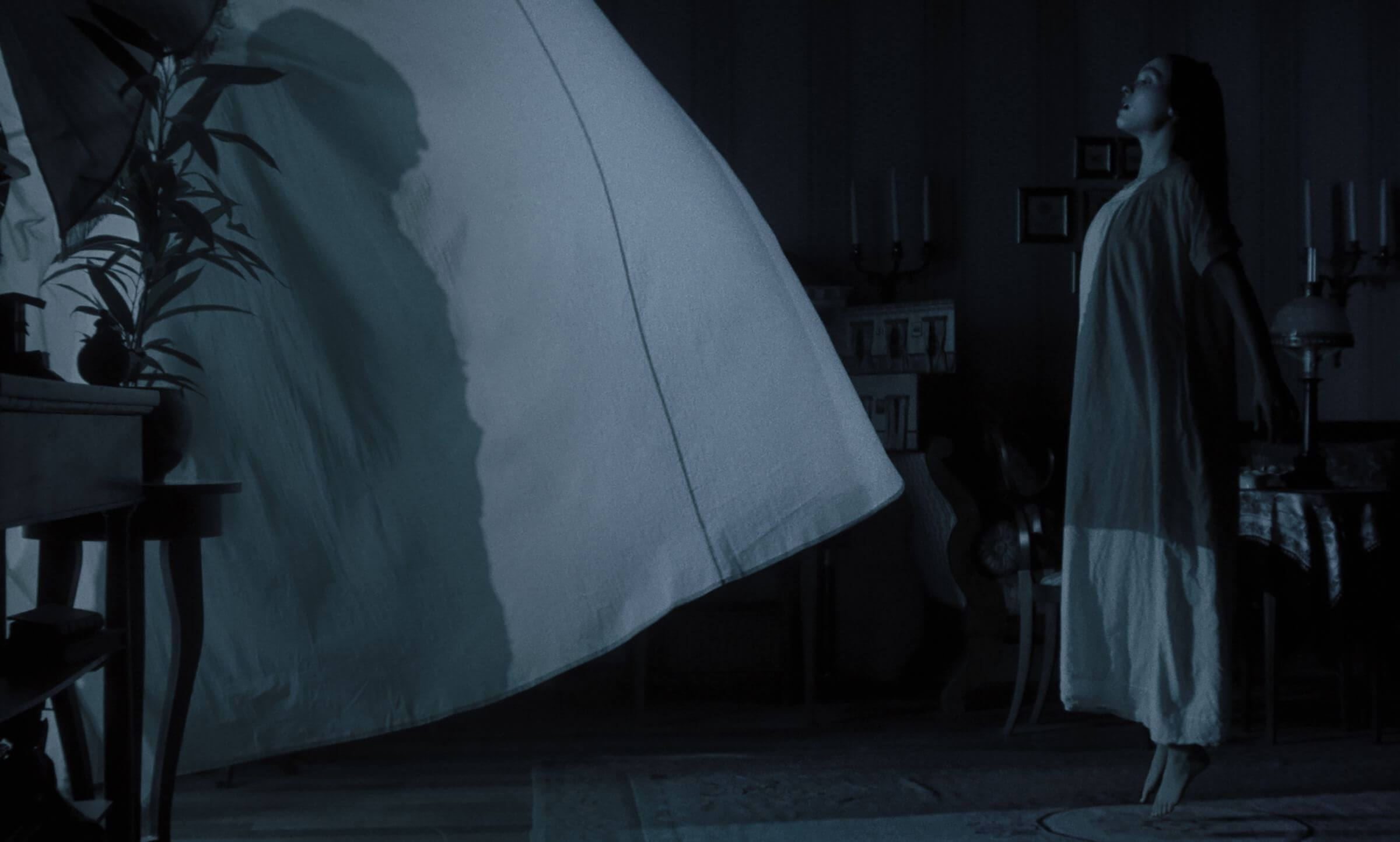
Robert Eggers, the visionary director of “The Witch” and “The Northman,” brings the legendary Nosferatu back to life with a remake that enriches the prolific vampire genre (both for books and for films and TV series) with new nuances. A gothic story of obsession, set in mid-19th century Germany, between Ellen, a tormented young woman and Count Orlok, an ancestral and terrifying vampire. The film explores the eternal themes of obsession, seduction and moral corruption that make the vampire such a fascinating yet frightening figure. The authentic gothic atmosphere, music and costumes contribute to the success of this film, which brings horror back to its purest origins.
“Sinners” – Supernatural Evil in South America
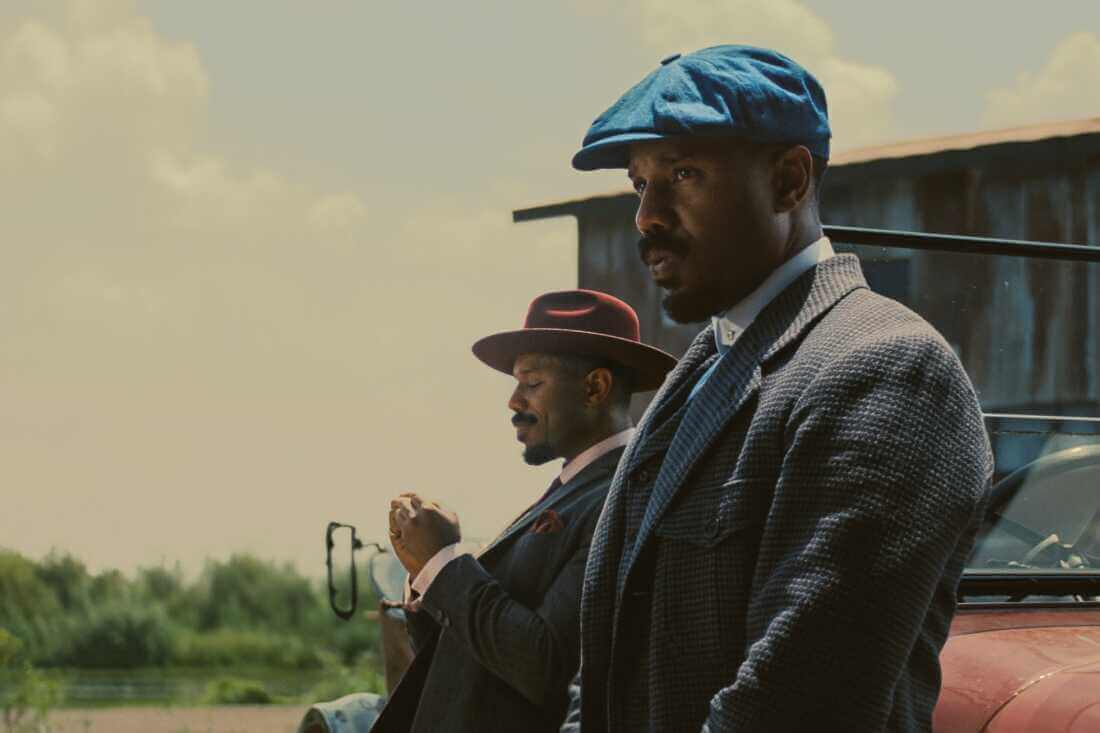
Ryan Coogler, known for “Black Panther,” tries his hand at the horror genre with “Sinners,” set in 1932 in the Mississippi Delta. The film, already considered a success both in terms of box office and media resonance, features Michael B. Jordan in a dual role as criminal twins who return to their hometown only to face supernatural evil. “Sinners” incorporates gothic elements and creatures of the night that draw from the rich tradition of South American folklore.
“Dracula: A Love Tale” – Love is Damnation
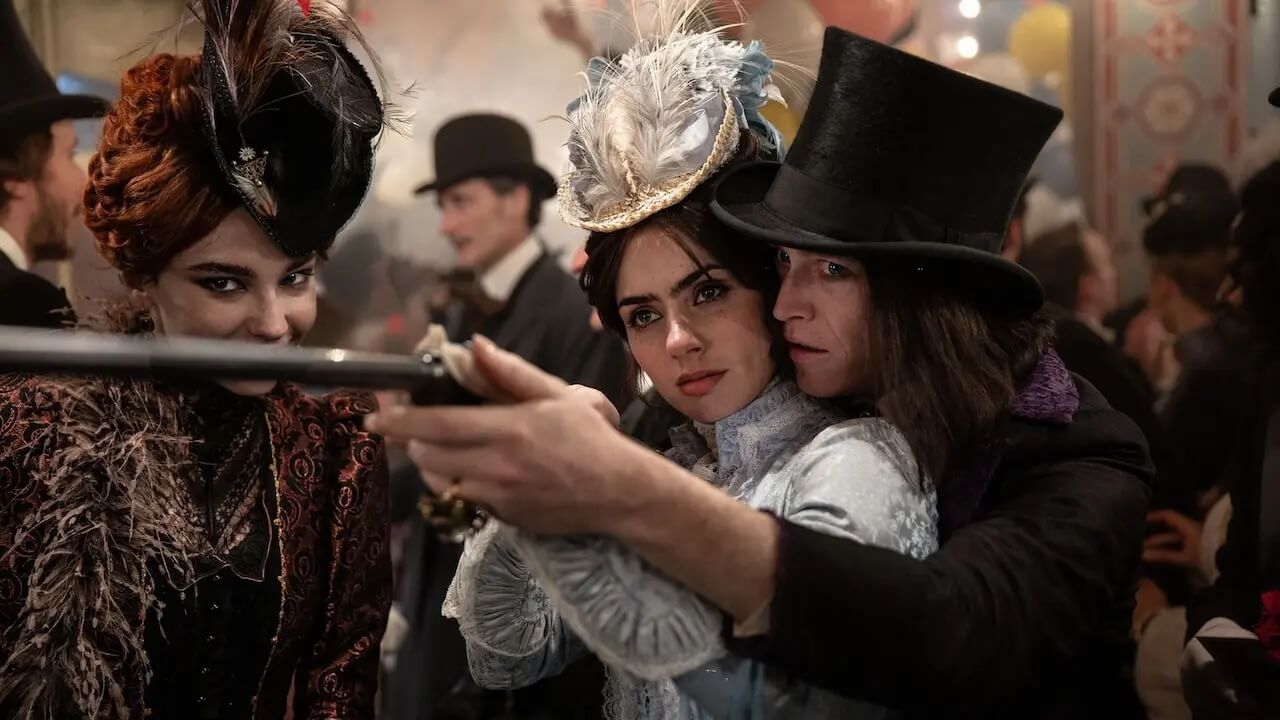
This new interpretation of the famous Dracula character sees Caleb Landry Jones in the role of the Prince of Darkness, in a story that explores the romantic and tragic side of vampirism. “Dracula, A Love Tale” is the latest adaptation of Bram Stoker’s novel, directed by Luc Besson, and presents a version of the quintessential vampire that differs from previous adaptations by focusing on the sentimental aspect. Balanced between horror and romanticism, the film aims to explore how love can survive beyond death and transformation to reach eternity.
The Undead: Science and Existential Horror
“Frankenstein” – Only Monsters Play at Being God
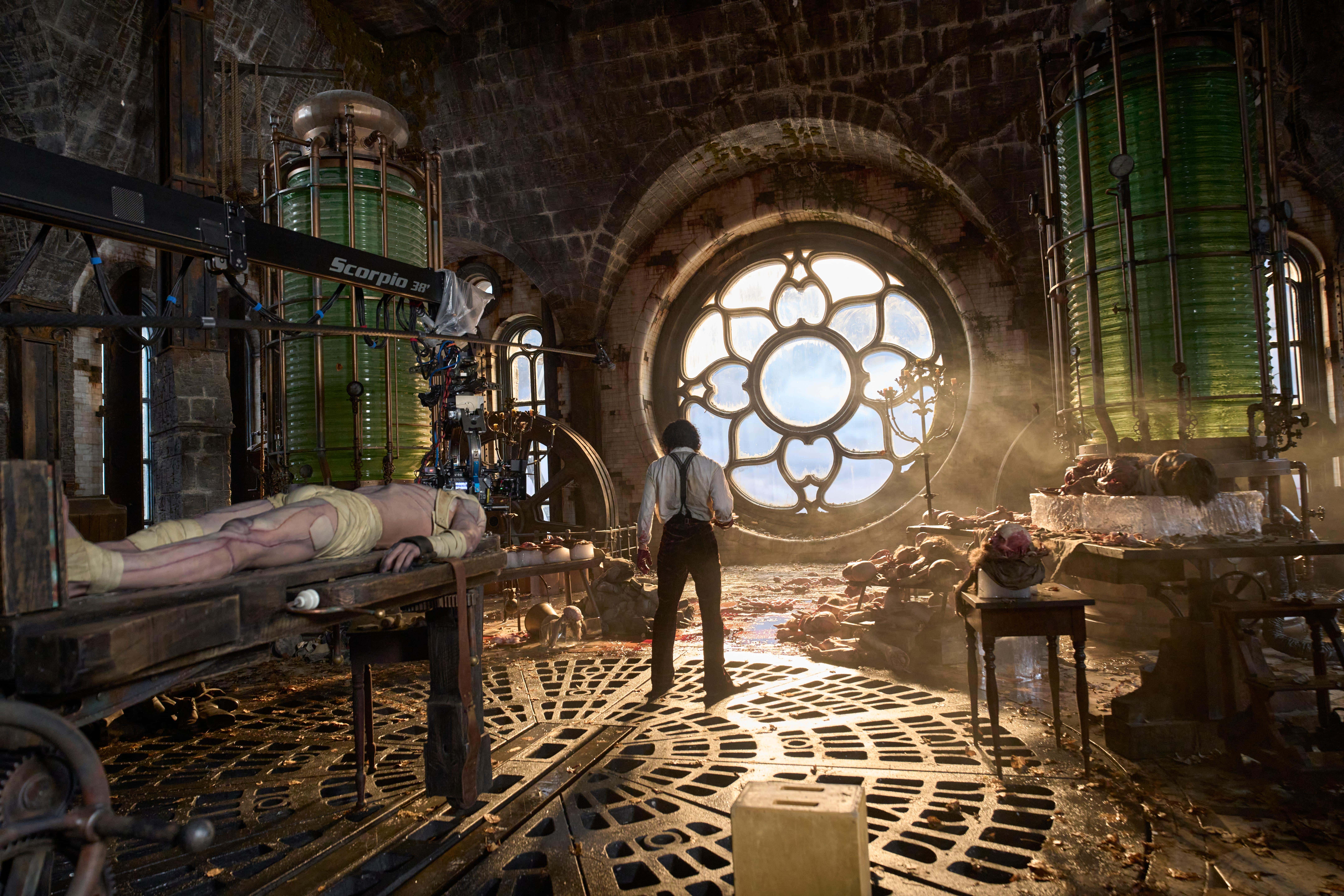
Guillermo del Toro brings his unique vision to Mary Shelley’s classic with a stellar cast including Jacob Elordi, Mia Goth and Oscar Isaac. The film explores the story of a brilliant but selfish scientist who wants to defeat death by giving life to a monstrous creature, in an experiment with tragic outcomes. Del Toro, master of poetic horror, promises to restore philosophical and emotional depth to a story rich in symbolism, existential concepts and details. In an era of great changes and progress like ours, his interpretation aims to make us reflect on themes of ambition, responsibility itself and what it means to be human.
“28 Years Later” – The Evolution of the Zombie Apocalypse
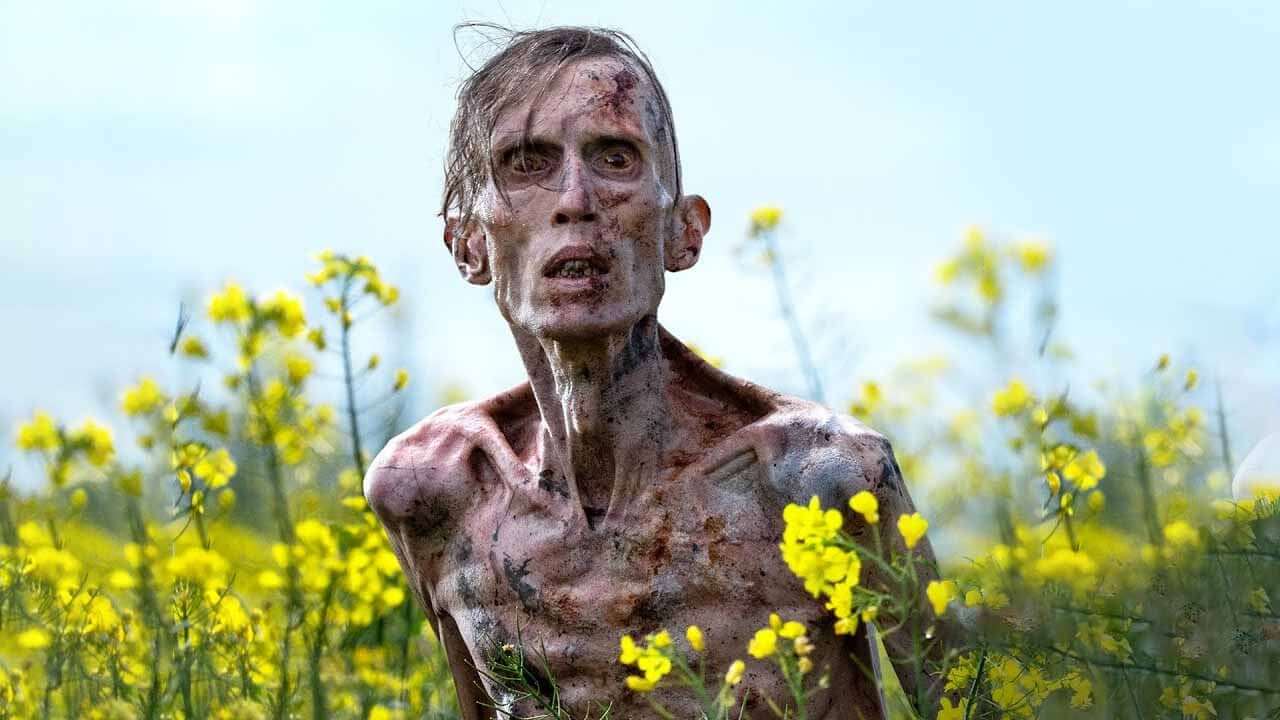
The third chapter of the saga that began with “28 Days Later” aims to bring the concept of the undead to new levels of terror, in an increasingly current and realistic way, riding the wave of successful products of the genre like “The Last Of Us” and “The Walking Dead.” This film represents the natural evolution of the zombie subgenre, exploring how society can adapt to a post-apocalyptic reality where the boundaries between living and dead are definitively blurred.
“Wolf Man” – The Wild Side of Humanity
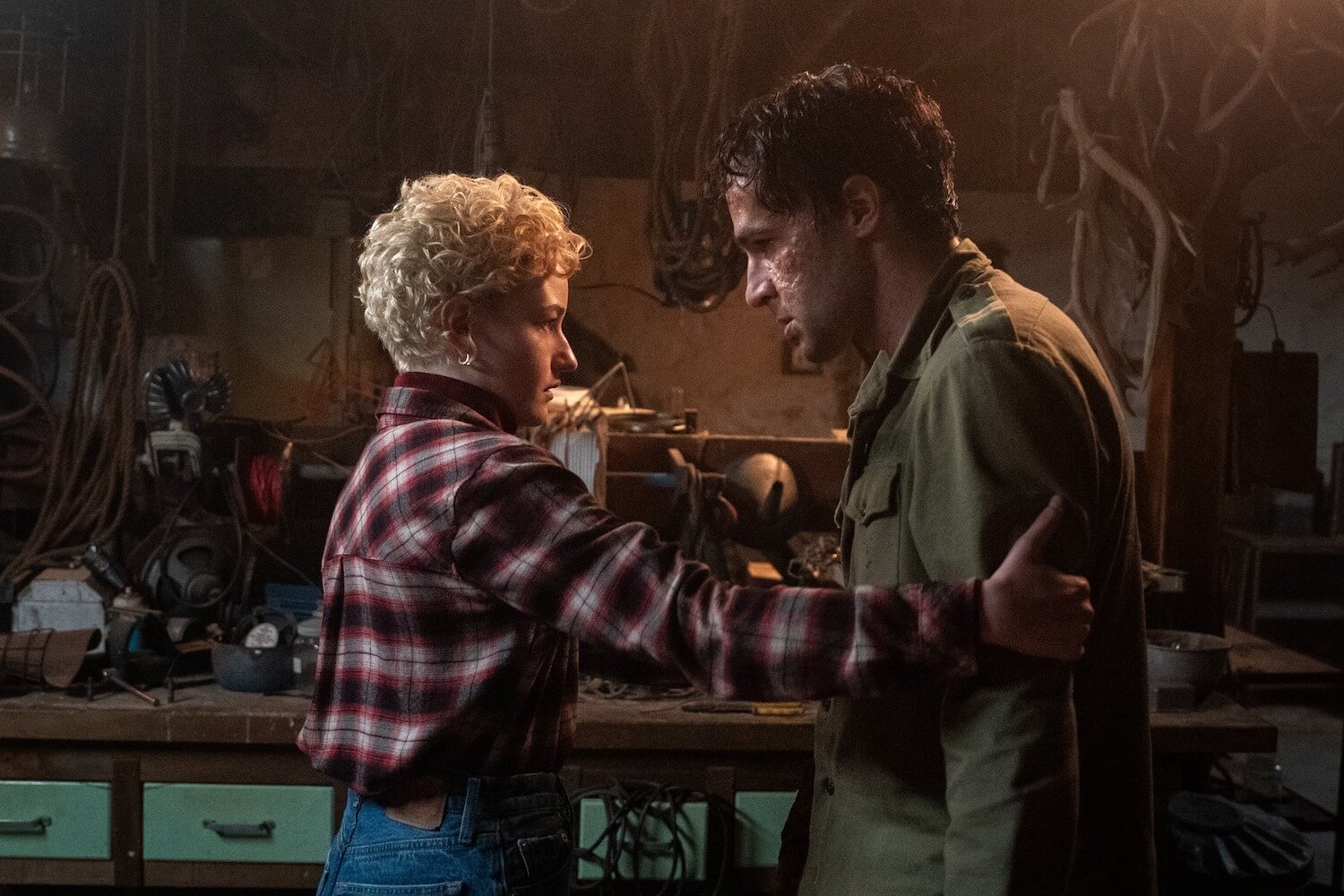
The new “Wolf Man,” directed by Leigh Whannell, reimagines the werewolf myth through a contemporary psychological lens. The story follows Blake and his wife Charlotte as they visit his isolated childhood home in rural Oregon where, after a mysterious animal attack, they become trapped and Charlotte must confront Blake’s transformation. The film explores themes like isolation, loss of control and the bestial nature that hides in every human being, using the werewolf transformation as a metaphor for our most primitive and uncontrollable instincts.
Bonus “Presences”: The Terror of the Unknown
These titles represent a new trend in contemporary horror, where creatures and presences escape traditional categorizations to explore new paths, influenced by current reality and responding to some existential questions between fear and reflection.
“Companion” – All You Need Is AI
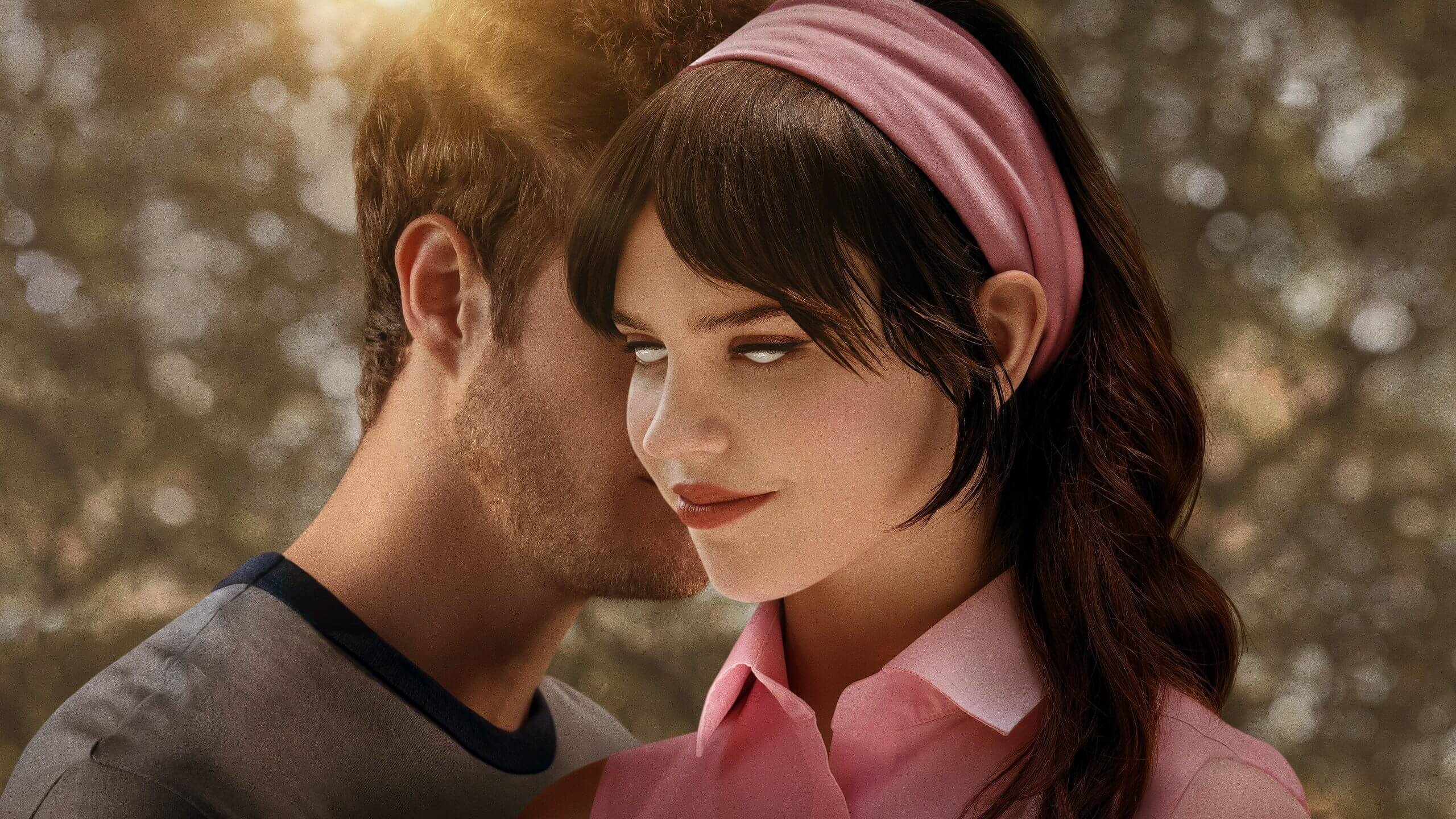
“Companion” is a sci-fi thriller with horror nuances written and directed by Drew Hancock, focused on the “rebellion” and discovery of what it means to be free by a submissive android, created for human companionship. The film explores the theme of artificial intelligence in all its infinite possibilities and especially, warning us about it, raising disturbing questions about what it means to be human.
“The Monkey” – Breaking Free from Trauma

The film, directed by Osgood Perkins and based on Stephen King’s short story, tells the story of twin brothers, Hal and Bill, who find themselves confronting the traumas of their childhood and a series of violent deaths linked to a mysterious toy monkey. The connection between past and violence, the symbolism of the toy that becomes a symbol of evil and violence: the premises are there, it’s up to you to face the mystery and darkness of this story…
“The Woman in the Yard” – The Depth of Silence
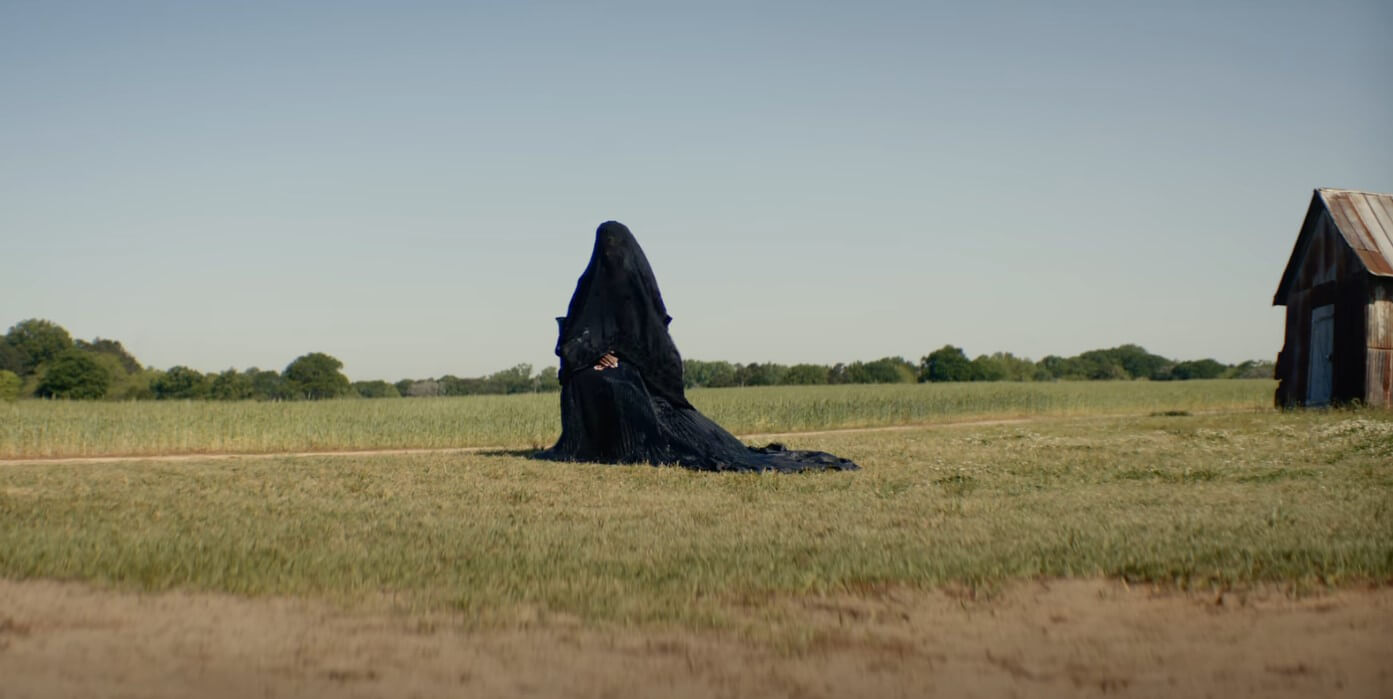
A constant, mysterious and disturbing image: it’s the woman veiled in black sitting in the garden of Ramona’s house with her two children. She doesn’t need words or sudden movements to frighten. Her existence is a silent warning that leads to reflection on deep themes such as depression, family bonds and personal strength. In this simple house, everyday life becomes horror and the facade of normality falls piece by piece: result? An intimate and disturbing film that reminds us of the importance of fighting our monsters, day after day.
“The Conjuring: The Final Rite” – Evil Never Dies
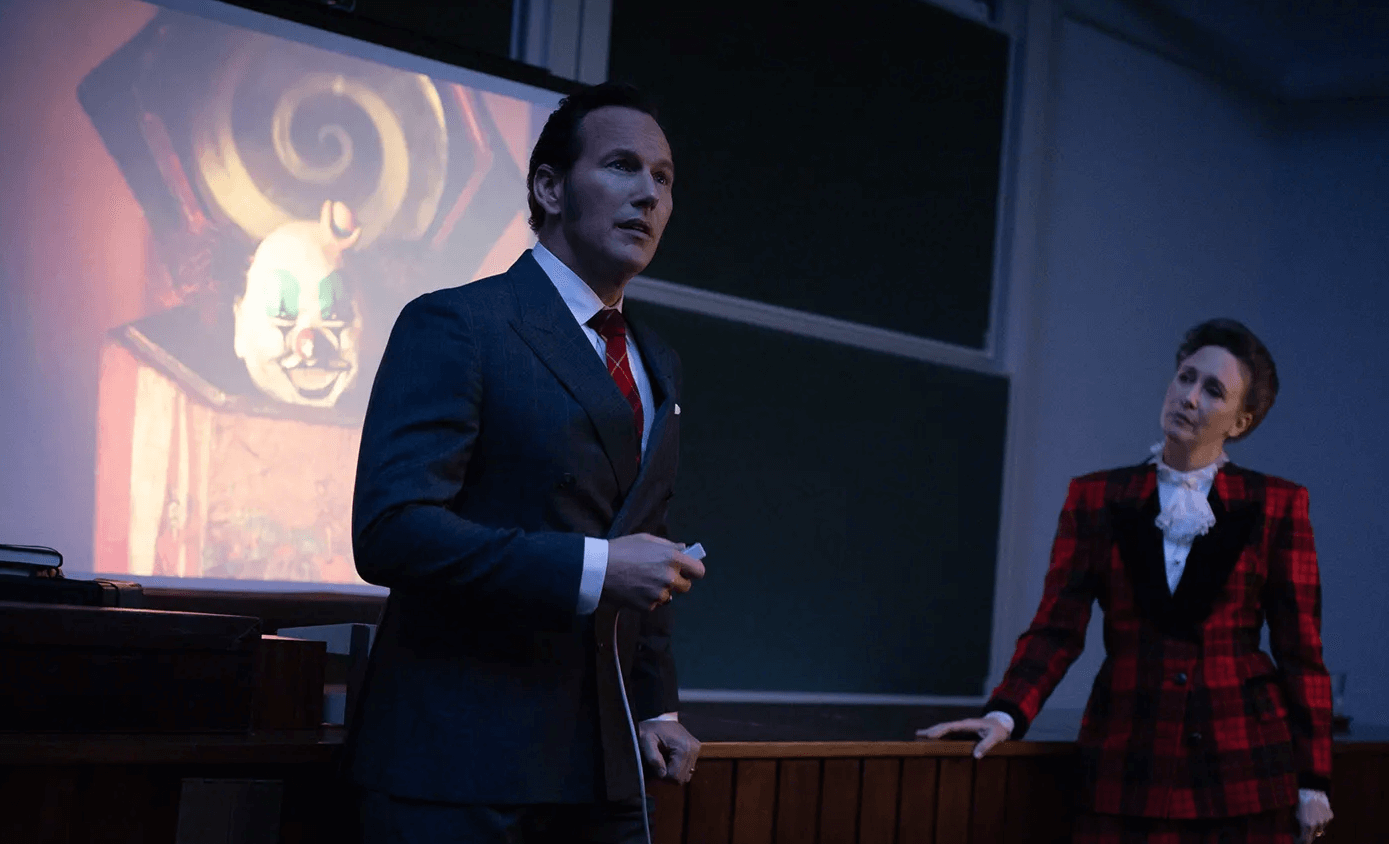
The last chapter of “The Conjuring” saga, one of the most profitable and successful narrative cycles dedicated to the paranormal, continues to analyze the demonic presences and supernatural forces that have tormented the Warrens for decades and that now return to the big screen to follow the case of the Smurl family infestation. Between psychology and supernatural, between good and evil, it’s the final showdown: can one really free themselves from their ghosts?

